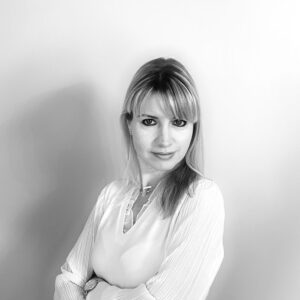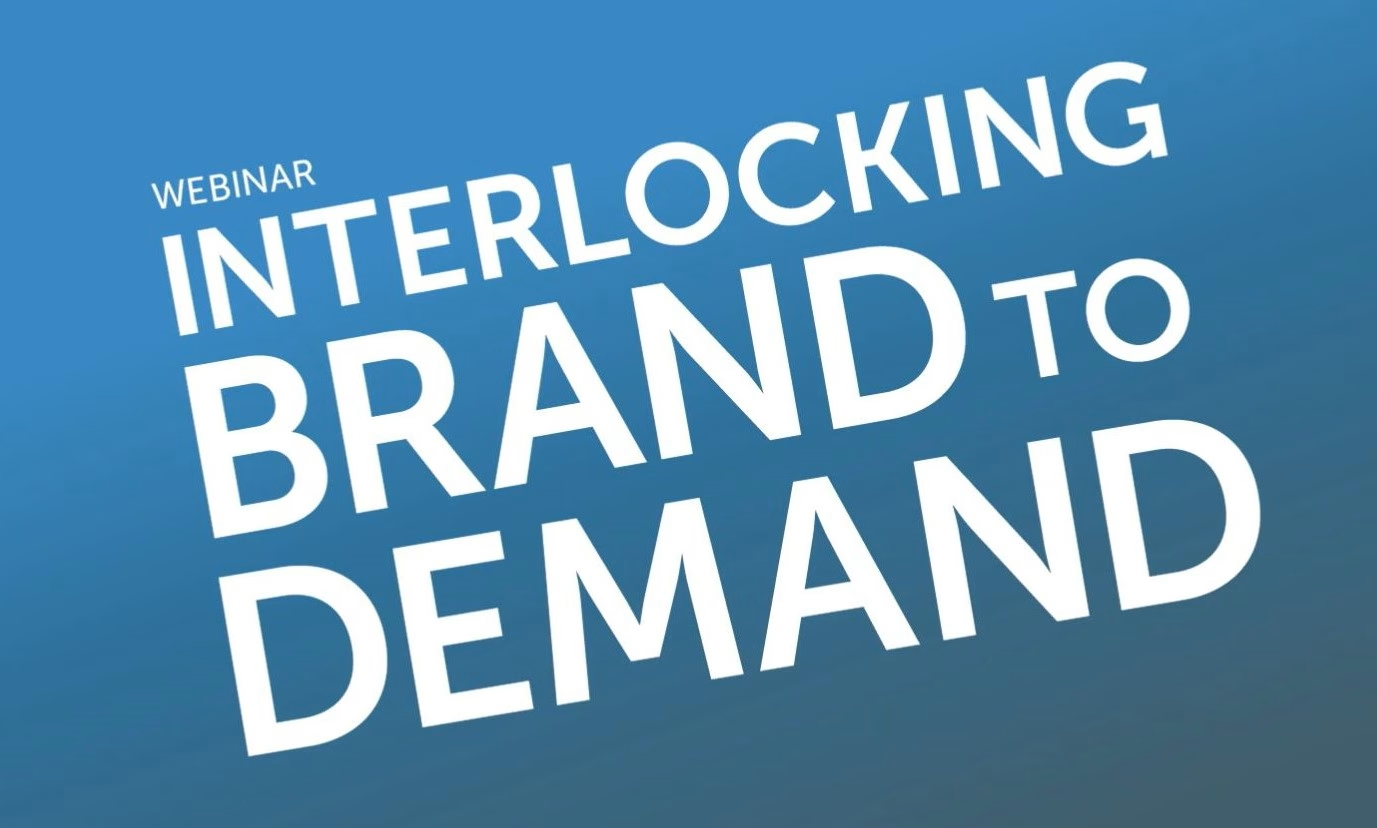How B2B Brands Can Win in Commoditized Categories
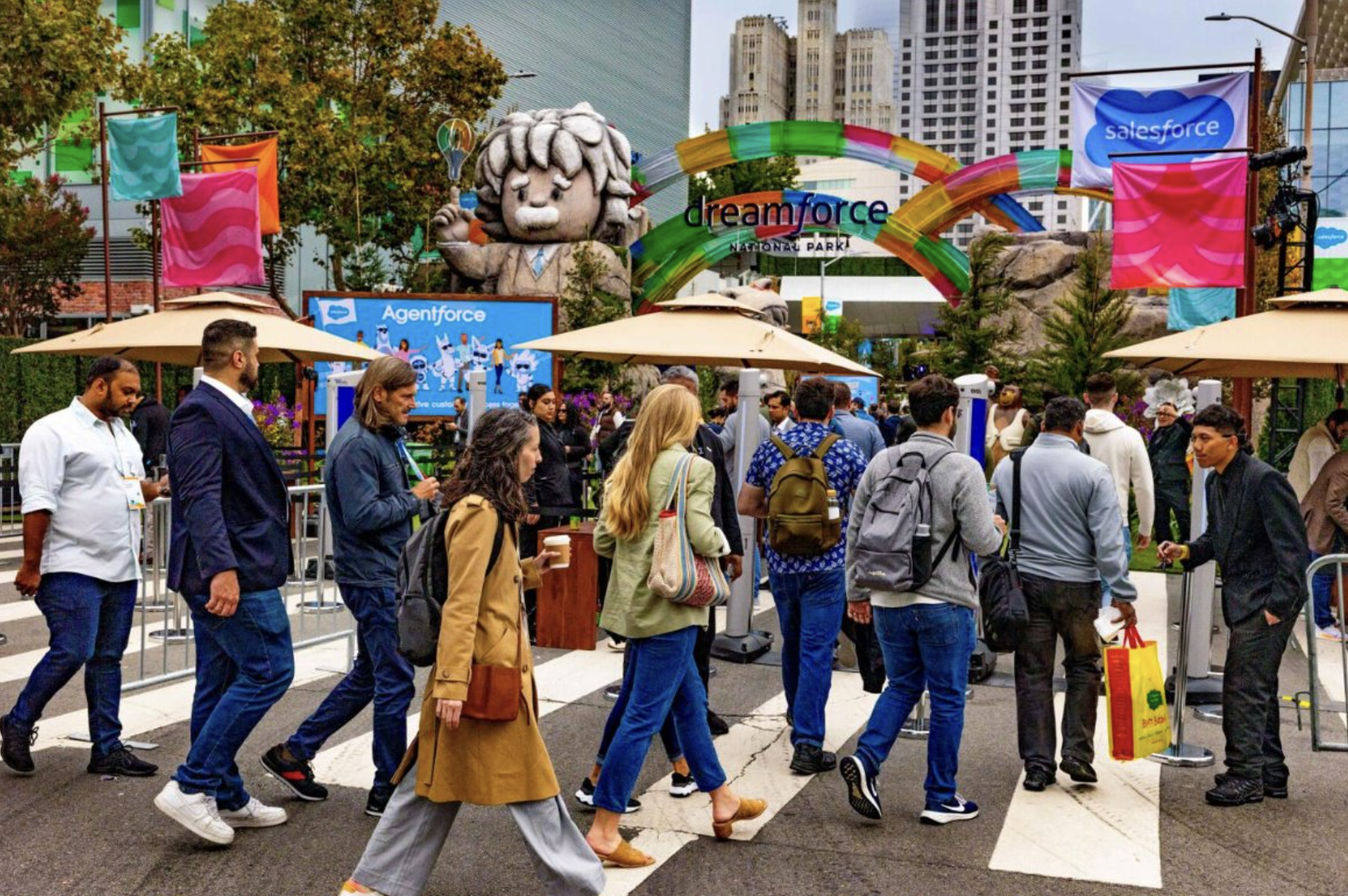
Share this story
In a commoditized market, playing it safe is the riskiest thing you can do.
In B2B marketing, standing out isn’t optional — it’s the entire point. Yet, in commoditized categories, where products often seem indistinguishable, many brands play it safe, sticking to just short-term tactics and incremental improvements. Here’s a spoiler: that’s a losing game. The brands that break through aren’t just “better” than their competitors; they’re playing a completely different game. Having a brand that stands out helps bring both short-term results, like increasing deal velocity and size, and long-term results, like building top of mind awareness, brand trust and credibility, allowing for greater price elasticity and driving long-term loyalty.
Here are two strategies that can help your brand do that and win in even the most commoditized markets.
1. Excess Share of Voice (SOV) Is the Ultimate Growth Driver
If there’s one lesson that decades of marketing research have hammered home, it’s this: Share of Voice (SOV) is a non-negotiable growth driver. Brands that invest in SOV above their market share — what marketing effectiveness experts like Les Binet call Excess Share of Voice (ESOV) — are the ones that grow. It’s simple math: the more attention your brand commands, the more you grow.
While this principle has long been embraced in the B2C world, it’s just as crucial for B2B brands. Groundbreaking research by Les Binet and Peter Field on marketing effectiveness shows that ESOV drives significant growth for B2B brands as well. Despite the common belief that B2B marketing follows different rules, the data says otherwise. Binet and Field’s study of B2B campaigns revealed that brands that consistently invest in ESOV see higher long-term growth, even in highly commoditized or niche markets.
The bottom line? If your competitors are outspending you on advertising, they’re winning not just the short-term game but also the long-term battle for market share. To grow your share of the market, you need to grow your Share of Voice. Invest in building excess share of voice, and the growth will follow.
Brands that set their Share of Voice (SOV) above their market share — what we call Excess Share of Voice (ESOV) — tend to grow faster. The more you punch above your weight, the faster you’ll grow.
Salesforce is a prime example of a B2B brand that invested heavily in Share of Voice to dominate the CRM market. Early on, they knew that to win in a commoditized space, they had to outspend and out-message their competitors. Salesforce CEO Marc Benioff famously spent a significant portion of their marketing budget on major events like Dreamforce, securing media attention and advertising. This created not only excess SOV but also a sense of thought leadership and market dominance.

The result? Salesforce is now synonymous with CRM, and their ESOV continues to fuel long-term growth and market dominance, allowing them to extend beyond CRM into other areas like customer service, marketing and analytics.
2. Creativity Isn’t Just Nice — It’s Your Growth Engine
Many marketers view creativity as something nice to have, an optional ingredient to sprinkle on top of a campaign. That couldn’t be further from the truth. In commoditized markets, creativity isn’t just a luxury — it’s your primary growth engine. Research consistently shows that creative quality explains around half of the variance in campaign effectiveness. If your creative is bold and memorable, your brand is too.
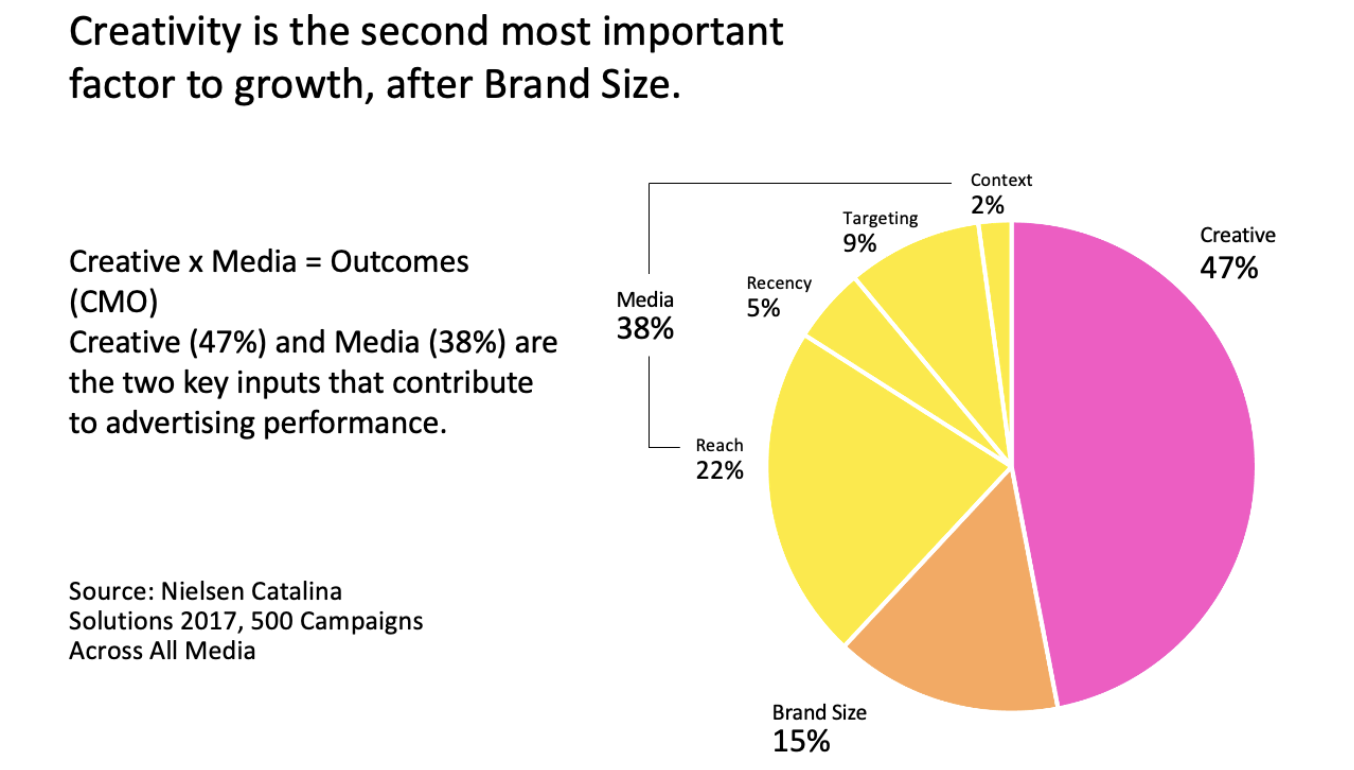
The reality is that in a world where every product looks the same, differentiation doesn’t come from features — it comes from how you make people feel. To grow, your brand must stand out in ways that are impossible to ignore. You can’t simply be incrementally better than the competition; you have to be more memorable.
A great example of bold B2B marketing is Workday’s Rockstars campaign, which made a huge splash during the Super Bowl this year. While other companies in the cloud solutions space focused on how their services help businesses run more efficiently, Workday took a different approach by spotlighting the employees using their services, treating them like rockstars. This fresh, creative angle not only surpassed internal communication goals but also engaged both internal and external audiences, driving significant improvements in brand familiarity, opinion, and consideration to use Workday. The campaign’s breakthrough creativity was further recognized with a prestigious Cannes Lion award.
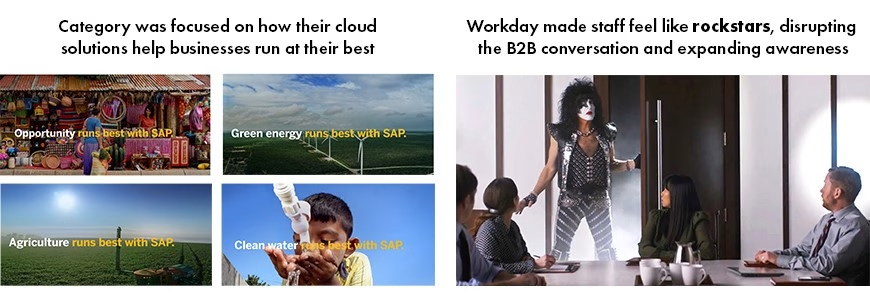
Investing in distinctive, high-quality creative isn’t just about winning awards — it’s about driving measurable business outcomes. In a crowded, commoditized market, creativity is your competitive edge. Skip the creative shortcuts and push for work that leaves a lasting impression.
Be Bold, Be Creative and Win the Attention Game
In a commoditized market, playing it safe is the riskiest thing you can do. If you want to break through, you need to do two things: invest in Excess Share of Voice and make creativity the heart of your strategy. These are the levers that turn indistinguishable brands into market leaders. The brands that win aren’t just playing harder — they’re playing smarter.
Be bold, invest in attention and make sure your creative work is unforgettable. That’s how B2B brands win, even in the most commoditized categories.
